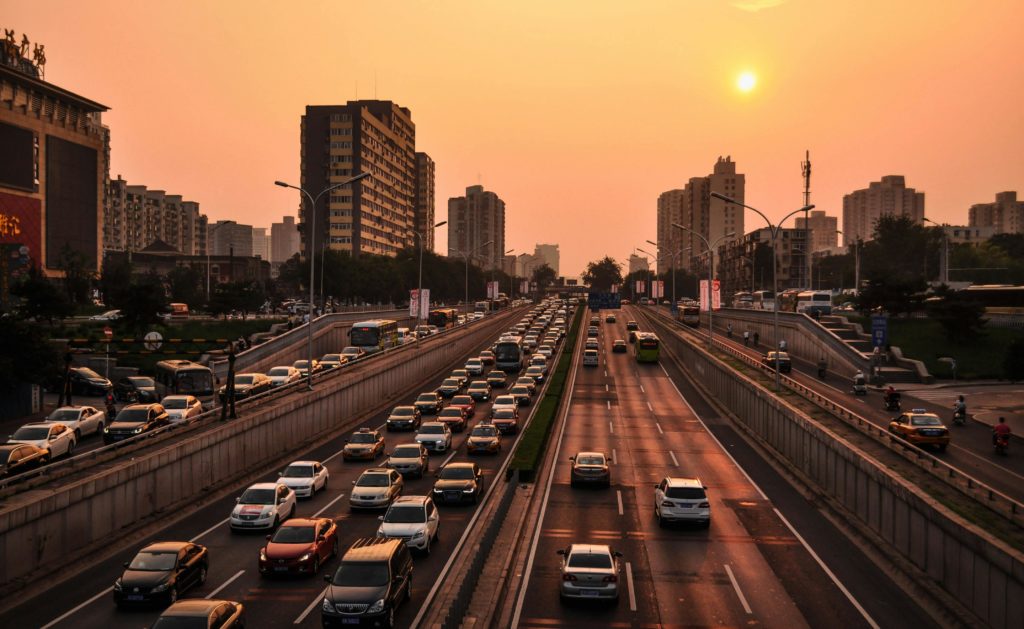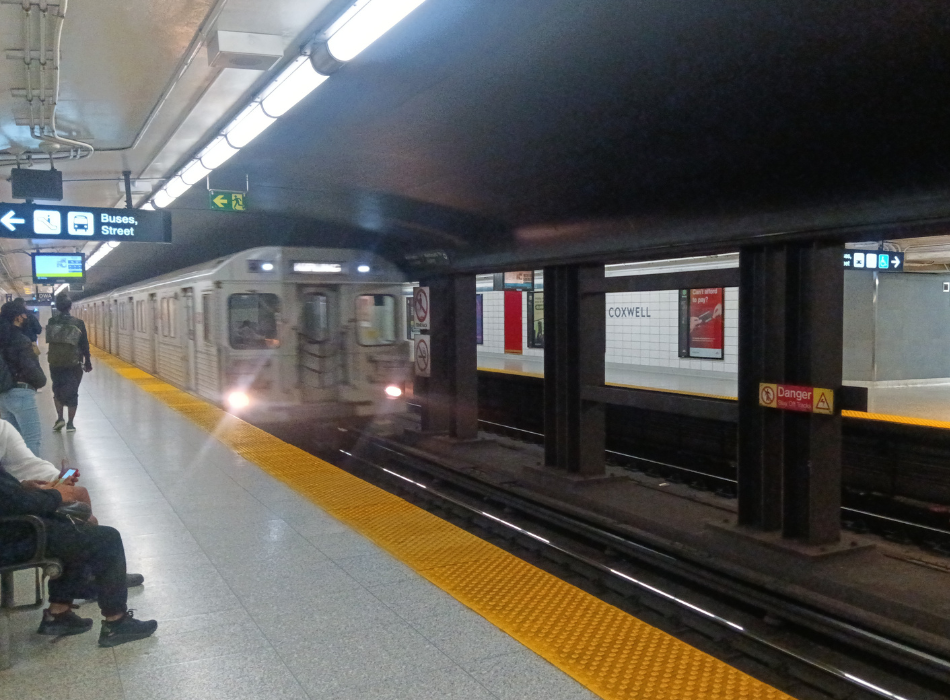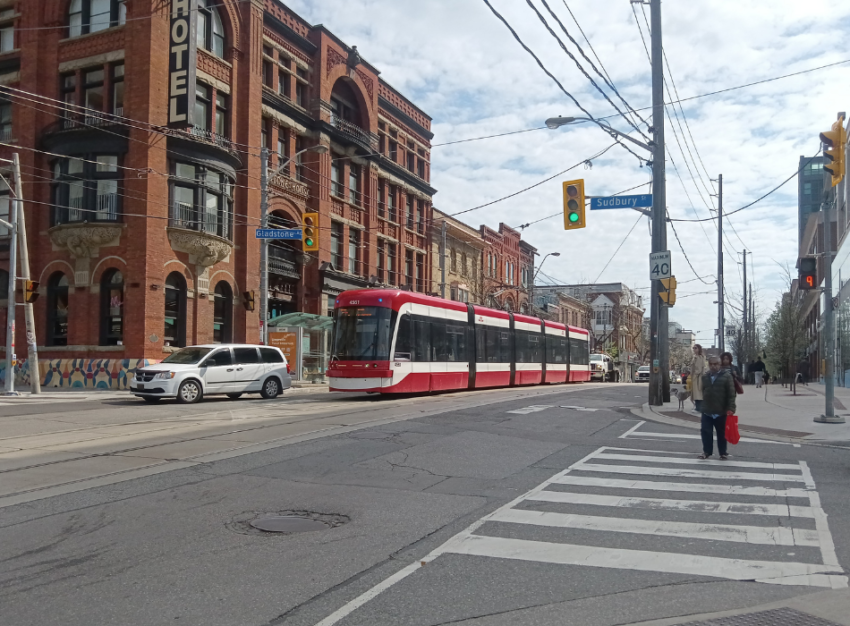I take public transit a lot. I live in the east end of Toronto, and a lot of the events and activities I go to are downtown or occasionally in the west end. Though I work from home, I often end up taking public transit several times a week.
Depending on where I’m going, I might take the bus to the subway or sit back for a long journey on the streetcar (a good time to catch up on reading and emails). I don’t want to know how many hours and hundreds of dollars I’ve spent on transit while living in Toronto.
Though I do have my driver’s licence, I don’t own a car, and it’s my intention to never own one (if at all possible). Of course, not everyone has the privilege to decide not to own a car for environmental reasons—some people need a car to get around, while others take public transit out of economic necessity.
Though I’m a strong advocate for public transit, I’ll complain as much as anyone about the inconveniences of taking transit: it often takes longer, service can be infrequent or unreliable, and you may need to transfer between modes or walk some distance to get to the stop.
I’ve had my fair share of moments that made me think, “This is exactly why I take transit.” Things like waiting a long time in the cold, being late to meet a friend because of streetcar delays and diversions, or standing on a packed shuttle bus.
Yet there are inconveniences to owning and driving a car too—you need to deal with maintenance, traffic and parking, plus all the costs (purchase price, insurance, gas, again maintenance). Taking public transit helps you avoid a lot of these issues. Indeed, some estimates say that households can save $10,000 a year by taking transit.
However, my main motivation for taking public transit is not about convenience or cost—it’s about protecting the environment. I would feel too guilty about driving a gas-powered car on a regular basis.
The environmental impact of cars

The environmental impact of cars starts with their production and disposal (though, these days, about three-quarters of a car can be recycled). However, the bulk of a car’s impact (around 80 to 90%) comes from use: fuel consumption and the resulting air pollution and greenhouse gas emissions.
The average car emits about 4.6 metric tons of carbon dioxide per year—a contributor to climate change and a sizeable portion of your carbon footprint. The transportation sector accounts for about 27% of greenhouse gas emissions in Canada. Nearly half of those transportation emissions come from light-duty vehicles (cars, vans and light trucks). Cars emit other types of pollutants as well, negatively impacting human health.
Though electric cars are better when it comes to emissions and pollution, they’re expensive and not yet accessible to everyone, so they cannot be the only solution.
The environmental benefits of public transit
Public transit has several environmental benefits compared to cars. Transit typically generates fewer greenhouse gas emissions than private vehicles. Taking public transit reduces carbon emissions by approximately 45% compared to driving alone. The benefits are increased when transit is electrified.
It makes sense if you think about it: there are more people travelling in the same vehicle, so fewer vehicles on the road. For example, one Toronto Transit Commission (TTC) bus at full capacity takes the place of 70 single-occupancy cars. Of course, this varies depending on ridership levels. If a bus is nearly empty, it may be less efficient than one full car.
There are other benefits to public transit as well, like reduced traffic and improved air quality. And a strong transit system ensures that everyone has access to sustainable mobility options.
Is taking public transit always better for the environment?
Like most things in sustainability, it depends. Taking transit is usually better for the planet, but it depends on several factors, including the transit mode, energy source and ridership level.

Two of the main modes for public transit are train and bus. Both are better than private vehicles but to different degrees. For example, if you look at the grams of carbon dioxide equivalent (CO2e) per passenger kilometre travelled, a subway system like the London Underground emits 28 grams of CO2e, a bus emits 97 grams and a diesel car emits 171 grams.
Emissions will also vary greatly depending on whether transit vehicles run on electric power or diesel (and on the source of the electricity if electric). The TTC estimated that electric buses reduce fuel usage by 70 to 80% and would reduce greenhouse gas emissions by 340,000 tonnes if the entire fleet were electric.
There’s also the question of ridership, which we know declined during the COVID-19 pandemic. As I mentioned, if a public transit vehicle is nearly empty, it’s less efficient because you have a large vehicle transporting just a few people. The U.S. Department of Transportation estimated that the average bus needs to have at least seven riders, and the average train car needs to have at least 19% of seats full, to be more efficient than a car with an average passenger load.
However, it’s not just about greenhouse gas emissions. A public transit system needs to have a certain standard and frequency of service to make it a viable transportation option. Residents need to have access to reliable transit to get to their jobs, school, appointments and recreation opportunities. That helps justify those nearly-empty buses that you may see rolling around.
The bottom line
In the majority of cases, public transit is a more sustainable option that I’d encourage you to take where possible, along with other sustainable alternatives, like walking and biking.
I want to know: Do you take public transit often? Why or why not?
Categories and tags:
Share this post:

